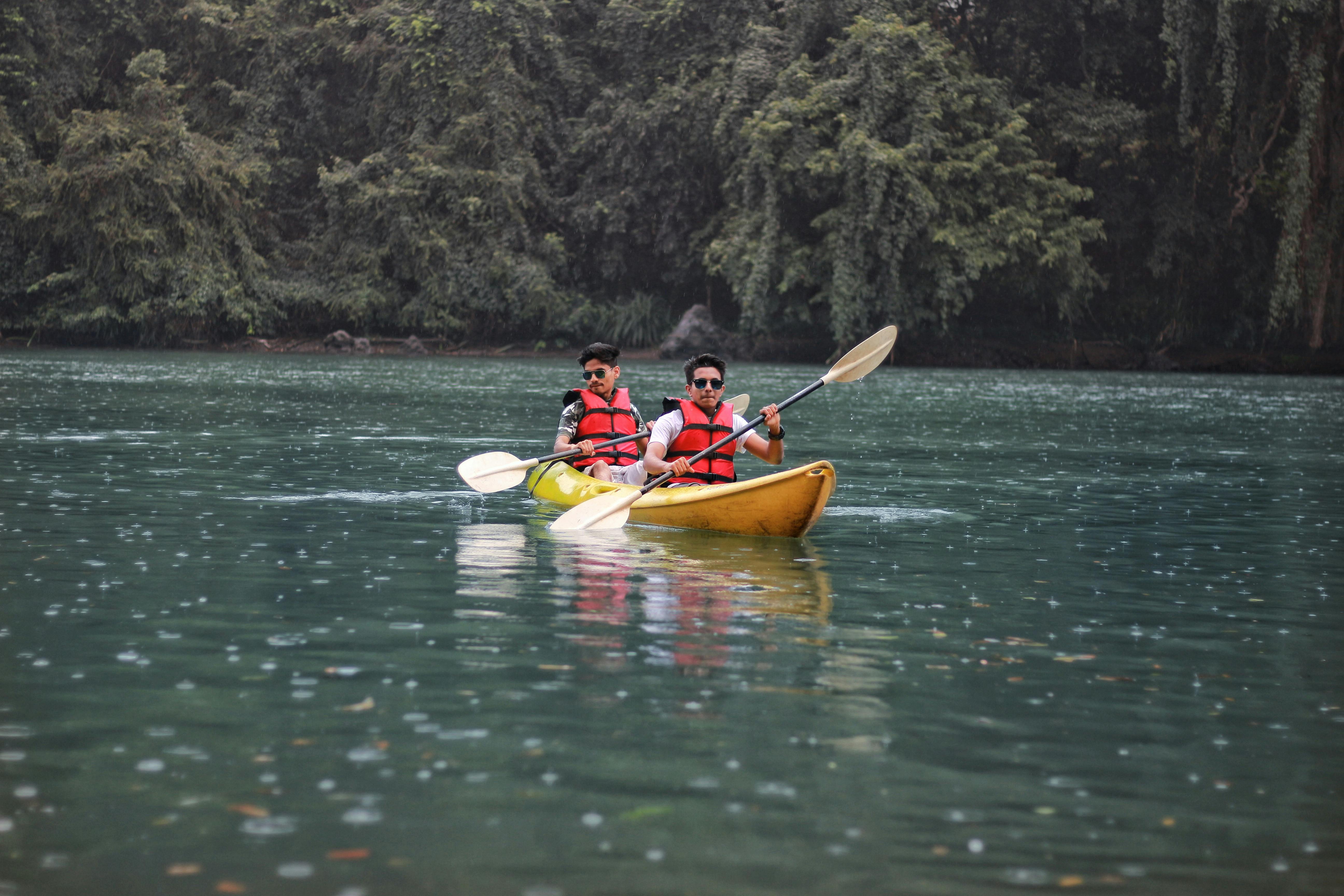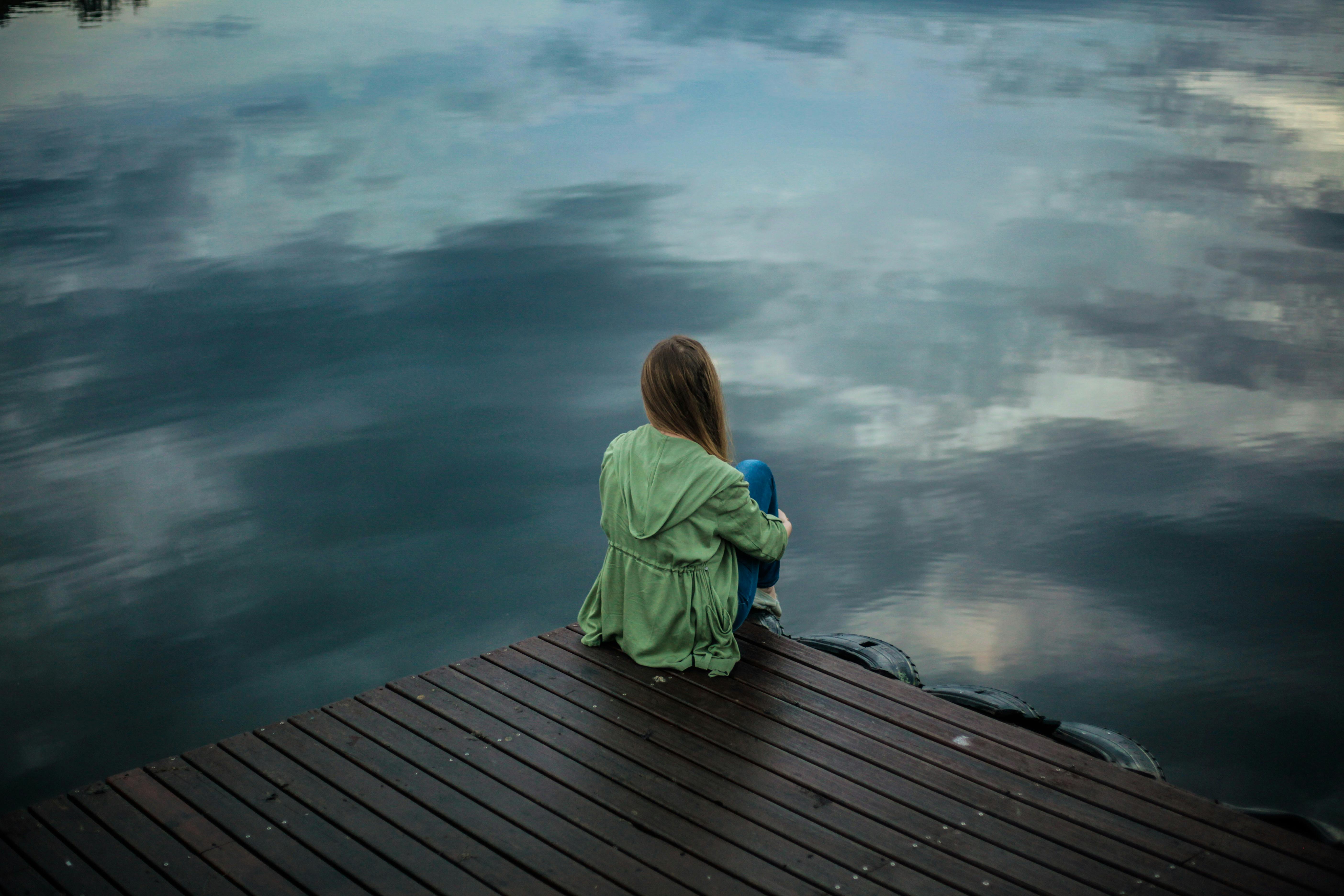Paddling through the Currents: A Deep Dive into Kayak Tourism
There's a fascinating trend in the travel and transportation sector that's catching the eye of adventure seekers and tranquillity hunters alike. It's kayak tourism, an activity that's rapidly gaining popularity across the globe. This article will paddle through the waves of kayak tourism, exploring its origins, current trends, and practical considerations for the would-be kayak tourist.

Kayak Tourism: Tracing the Paddling Path
Kayaking, a means of transportation conceived by the Inuit of the Arctic regions, has undergone a significant evolution. Originally built from driftwood and animal skins, these lightweight boats were used for hunting and transportation. Over time, kayaking transformed from a survival tool into a popular recreational activity, leading to the birth of kayak tourism.
Riding the Current Trends
In recent years, kayak tourism has emerged as a popular trend in the travel industry. Its appeal lies in its ability to offer an immersive, eco-friendly, and active travel experience. From exploring the azure waters of the Mediterranean to paddling through the serene mangroves of Southeast Asia, kayak tours provide a unique perspective on local landscapes, wildlife, and culture. Furthermore, the rise of multi-day kayak expeditions and themed kayak tours, such as bird-watching or fishing trips, have added new dimensions to this form of tourism.
Understanding the Wave: Advantages and Challenges
Kayak tourism offers numerous benefits, from promoting physical fitness to allowing a close connection with nature. It’s also a sustainable form of tourism that minimizes environmental impact. However, it’s not without its challenges. Weather conditions, physical fitness, and safety issues are significant considerations. Moreover, the popularity of kayak tourism can lead to overcrowding in some areas, potentially disrupting local ecosystems.
Practical Paddling: Navigating Kayak Tourism
For those intrigued by kayak tourism, here are some practical considerations:
- Choosing the Right Kayak: Sea kayaks are ideal for open, rough waters while recreational kayaks are best for calm lakes and rivers.
- Safety First: Always wear a life jacket and carry a first aid kit.
- Local Knowledge: Research local regulations and environmental concerns.
- Weather Watch: Keep an eye on weather forecasts and avoid going out in rough conditions.
Kayak Tourism: Paddling into the Future
The rise of kayak tourism speaks volumes about the evolving preferences of modern travellers. More than ever, people are seeking active, immersive, and environmentally friendly ways to explore the world. As we paddle into the future, it’s clear that kayak tourism will continue to carve out its niche in the global travel industry, offering a unique blend of adventure, tranquillity, and sustainability. So, if you’re yearning for a travel experience that’s off the beaten path, perhaps it’s time to grab a paddle and hit the water!





